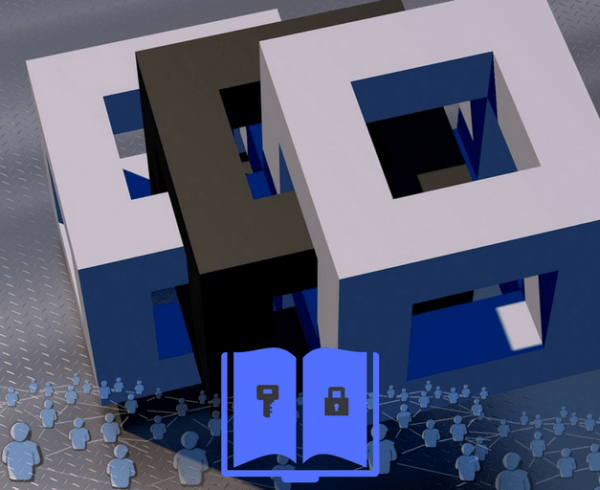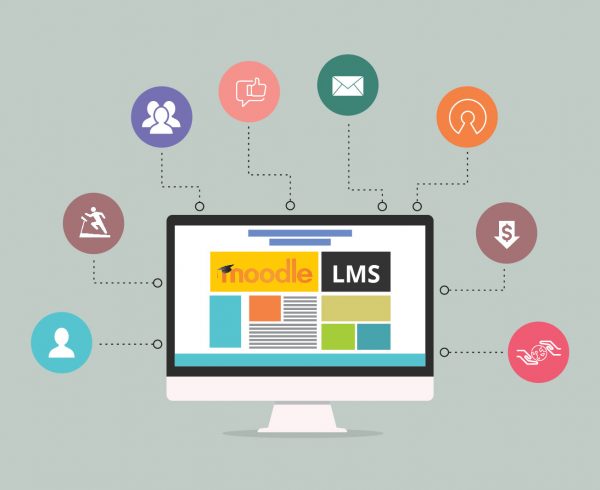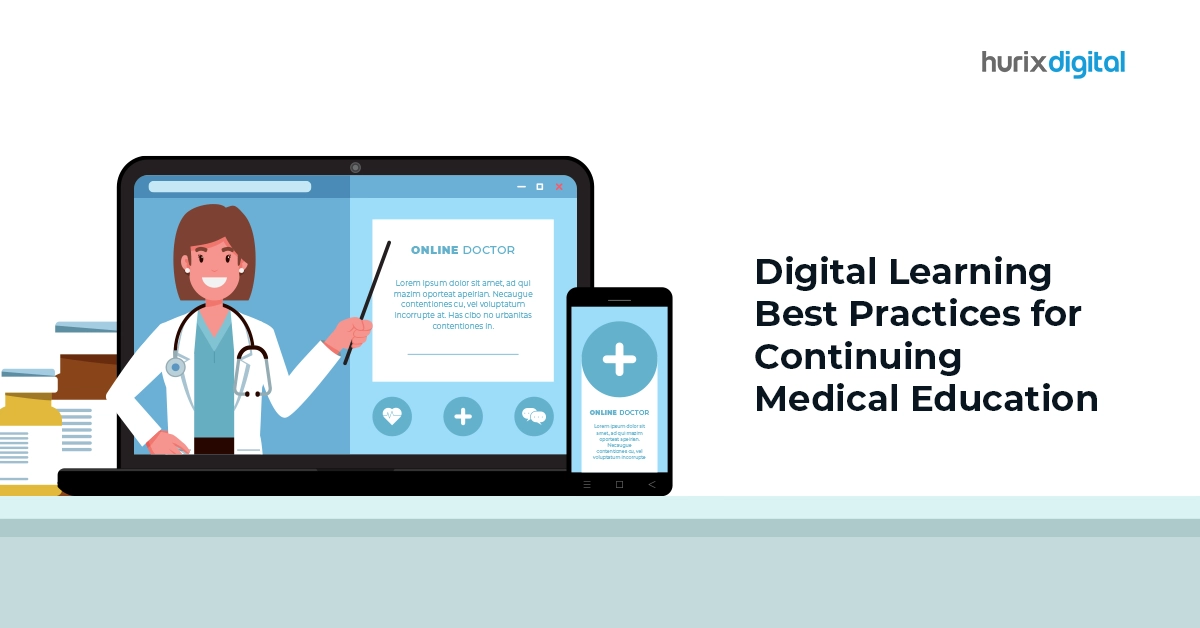What is Book Digitization?
Book digitization, digitizing books or book scanning refers to the process of converting physical books, magazines and other records into digital media using an image scanner. As content goes digital, more and more publishers and organizations are digitizing their physical books in formats such as the ASCII to easily distribute and reproduce them in the online space. These digitized books can then be read on digital screens. The ASCII format helps reduce file size and allows text to be searched, reformatted or processed by third-party applications.
Physical books are digitized using image scanners, which can be both manual and automated. Some commercial image scanners place the book on a platen, which is a flat glass plate, and then run a light and optical array underneath the glass to scan the book. Manual scanners, on the other hand, place the book face up and then photograph the pages from the above. Glass or plastic sheets are placed on the pages to flatten them and the pages are either turned manually or by an automated paper transport device.
Why Should You Digitize Your Books?
While physical books do retain their charm, more and more people are reading books on their tablets and smartphones. By digitizing your books, you can reach a whole new audience, primarily the millennial generation that accesses all its content and information on their mobile devices, tablets, and laptops. Apart from that, there are several advantages of digitizing books at a large scale.
- Saves Space: Real estate is expensive, and by digitizing books you can eliminate the need for more space, reduce rent and offsite storage fees.
- Future-proof Books: Digitization is a great way to protect books from damage, loss and theft.
- Restore Damaged Books: Book scanning can bring damaged booksto life and make them viewable once again.
- Provides Easier Access: Digitized books can be accessed online or downloaded for offline use. By making books available online you can target new customers who are unable to travel to a brick-and-mortar store to make a purchase.
- Easy Sharing: You can email or share digitized books on the cloud or other online platforms, anywhere and anytime.
- Achieve Cost Efficiencies : With digitization, you can reduce the cost of reprinting including sub-costs like equipment management, paper record maintenance and cost of space, and thus achieve cost efficiencies.
- Environment-friendly: By digitizing your books at scale you can add dramatically to your green credits. Digitization removes the need to print multiple copies, thus, helps to save paper and increase the eco-friendly quotient of your company.
Factors to Consider While Digitizing Books at Scale
1. Commercial scanners: To digitize books on scale, consider commercial scanners with high quality digital camera with light sources on both sides. This is placed on a mount or frame in a way that provides easy access to the person or machine to turn over the pages. The advantage of such scanners is that they are faster than overhead scanners. This being said, there are two types of scanners used for large-scale digitization.
- Unbound/Destructive book scanning:This is a less expensive method for book scanning and so works best for low budget digitization. In this method, the binding of the book is cut off to create a sheaf of loose leaf papers, which are then fed into an automatic document feeder for scanning. Since this method uses common scanning technology, it does not work well for limited edition books or collector’s items. However, it is a useful solution for inexpensive books and with content that can be scanned easily. This method adds to the process time since it requires cutting. This being said, it is easier to scan loose pages. Besides, it is cheaper and faster, and ensures clearer results. Much of the success of this method depends on how the books are unbound. While a paper guillotine can be used to unbind the book, a better option is hand-unbinding as this helps to preserve text, and more critically, allows higher-quality scans on two-page wide materials including graphic art, photos and centre cartoons.
- Bound/Non-destructive book scanning:Software-driven machines and robots are used to scan the books. This method eliminates the need to unbind books and helps to preserve the contents and create digital image of the page in its current stage. This scanning type is becoming quite popular since it incorporates technologies that can capture high quality digital images with little or no damage to a rare or limited edition book. Some of these scanners also have ultrasonic sensors that can detect dual pages and therefore prevent skipping of pages. Use cases show that these scanners can scan up to 2900 pages per hour and so are ideal for digitizing books at scale.
The first step of the book digitization process is to create the master file. While creating the master file, it is important to keep the following parameters in mind:
- Image Resolution: Image resolution, measured in dots per inch (dpi) is the number of pixels per unit of length – the higher the resolution, the more detailed the digital copy. As a thumb rule, 300 dpi is recommended for greyscale and colour originals; 400 dpi for special manuscripts; and 600 dpi for black and white originals.
- Colour Management: Colour reproduction from a physical book to digital book can vary greatly depending on the type of scanner and printer used. The problem is resolved by calibrating the different devices with a standardised colour profile, which is then stored with the digital copy. The standardised colour profile is developed based on the ISO-certified ICC_Profile by the International Color Consortium.
2. Editing and Quality Control: Although software solutions can be used for quality control, a better option is to perform the process manually. Once the document is scanned, it should be manually edited to check for errors such as shadowing or finger marks on image, missing or double pages, cropped type area, poor image quality and interference, among others.
3. Analysing the Document: Once you have edited the document, the next step is to analyse whether it just contains text or includes images and tables. Again, you can do this process manually or use an Optical Character Recognition (OCR) software.
4. Optical Character Recognition: Once the page is scanned, the next step is to enter data, which can either be done manually or through OCR techniques. For digitizing books at scale, OCR is the preferred technique as it helps to index data properly, making is easier to search and access, thus, saving time and effort.
5. Taxonomy and Indexing: Make sure that the service provider you choose for digitizing books at scale provides taxonomy and indexing services as these will help you build proper classification for your eBooks, making them easy to find. Taxonomy, on the other hand, can help to further refine search results.
6. Metadata: Once you have digitized the book, the final task is to add metadata on each item. This is important to ensure that your eBook can be easily accessed and used practically.
Conclusion:
When implemented correctly, digitization can help organizations and publishers achieve cost-efficiencies, protection of copyright, high quality output and higher returns on investment. However, digitizing books at scale consumes time and money and if the process is not well-thought out or hastily started, it could impact your bottom line.
An electronic conversion of physical books is more than just scanning with a commercial scanner. Successful digitization of books at scale requires specialized knowledge and special software. Professional book digitizing service providers use trained technicians to ensure high levels of digitization at each stage of the conversion process including preparing files, data entry, image output and quality control. OCR technology is then used to index records for each converted digital image. Professional digitization services ensure that your books are converted to eBooks quickly, accurately and securely. Shop around for the right service provider and ensure that the company you choose has the right credentials to take on your project of digitizing books at scale.











